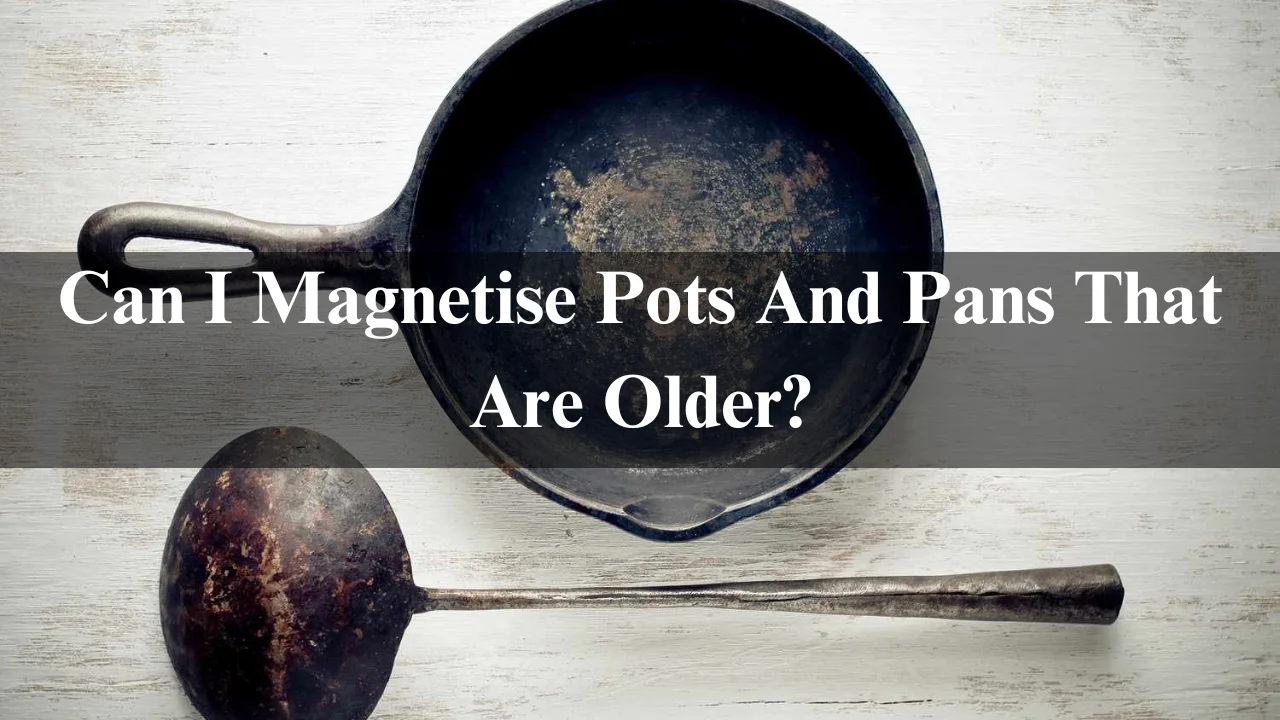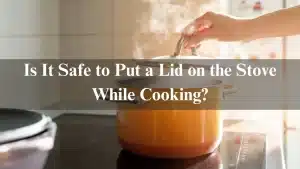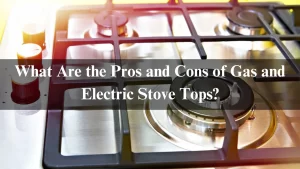Are you tired of your old pots and pans gathering dust while the shiny new induction cookware takes center stage in your kitchen? You’re not alone. Many home cooks are switching to induction cooking, but what if your beloved cookware isn’t compatible?
The good news is that some older pots and pans may still have a chance at redemption. Can SCanyou magnetize them for use on an induction cooktop? Let’s explore the science of magnetism in cookware and how you might be able to breathe new life into those vintage kitchen treasures.
Table of Contents
Why Magnetism Matters in Cookware?
Magnetism plays a crucial role in cookware, especially with the rise of induction cooking. Unlike traditional gas or electric stoves, induction cooktops use magnetic fields to generate heat directly in the pot or pan. This means that only materials with ferrous properties can efficiently conduct this energy.
Placing a magnetic pot on an induction surface creates an electromagnetic field that instantly heats the cookware. This not only speeds up cooking times but also enhances energy efficiency.
Additionally, magnetic cookware ensures even heating and eliminates hot spots often found with non-magnetic materials. The result? Better-cooked meals and less frustration in your culinary adventures! Understanding magnetism’s role is essential for anyone looking to make the most of their kitchen experience today.
What Makes Cookware Magnetic?
Cookware becomes magnetic primarily due to the materials used in its construction. Stainless steel, for instance, contains iron and nickel, but the presence of ferrous metals gives it magnetism. Cookware made from cast iron is naturally magnetic because it has a high iron content.
Not all stainless steel is created equal. Some alloys are non-magnetic due to their composition. If your pot or pan doesn’t attract a magnet, it likely lacks sufficient iron.
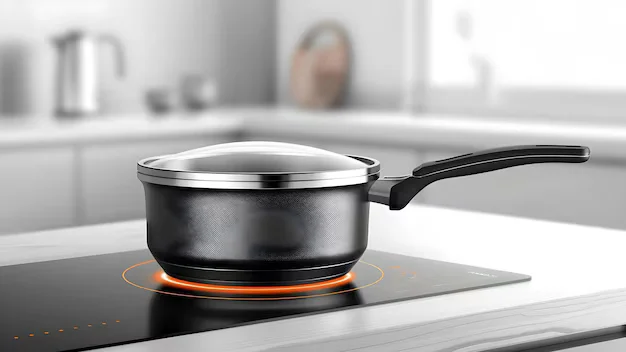
Another factor is how cookware is manufactured. The process can affect the metal’s grain structure, influencing its magnetic properties. For example, some manufacturers use techniques that enhance these qualities.
Understanding what makes cookware magnetic helps when shopping for new items or deciding on modifications for older pieces.
Can I Modify My Older Cookware to Work on Induction?
Many wonder if their older cookware can adapt to the induction cooking method. The answer is a bit nuanced.
Induction cooktops require magnetic materials to work effectively. If your pots and pans are made of stainless steel or cast iron, they might already be suitable for this technology. However, aluminum, copper, or non-magnetic stainless steel will only perform well without modification.
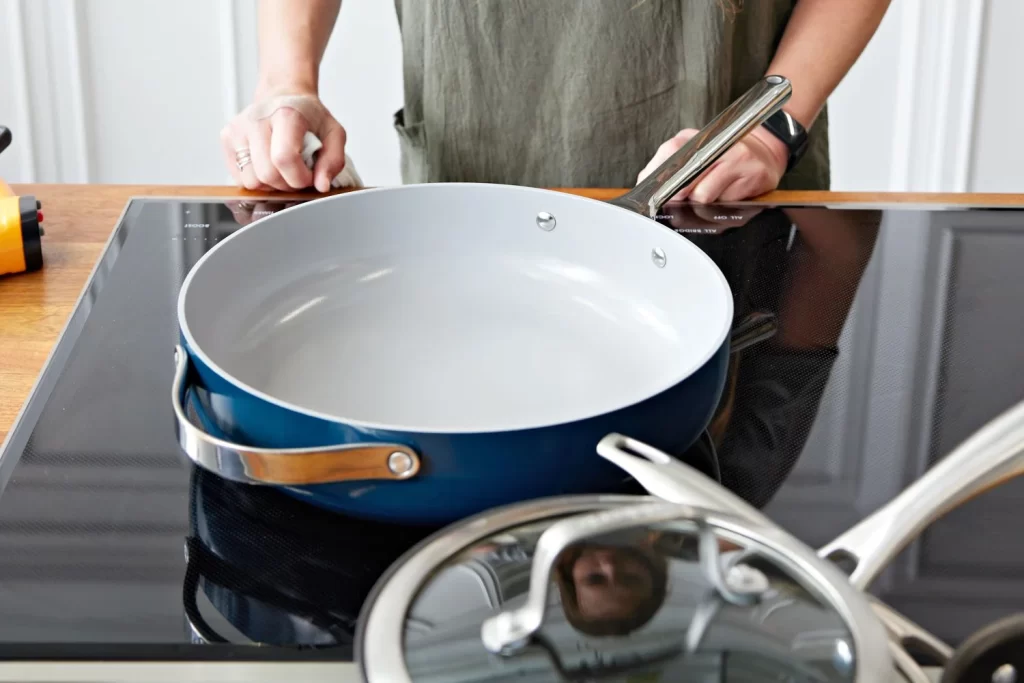
One option is purchasing an induction disk—a flat plate between the cooktop and your pan. This disk provides the magnetic field for effective heating but may slightly affect heat distribution.
Another route involves reconditioning certain metal cookware using magnetic coatings or specialized paints for high temperatures. While these methods can improve functionality, results vary widely based on cookware material and application technique.
How To Magnetise Your Pans
You’ll need to consider a few practical steps to magnetize your older pots and pans. First, check if the cookware is made of magnetic stainless steel or cast iron. If so, you may be lucky since these materials can be used on induction cooktops.
There are some methods to enhance the compatibility of cookware that isn’t inherently magnetic. One option involves applying a thin layer of ferromagnetic material to the bottom of your pan. This could involve adhesive metal sheets designed for such purposes. Ensure the metal is safe for cooking and won’t affect food safety.
Another approach is using an induction converter disc. These discs sit between your non-magnetic cookware and the induction cooktop, allowing you to use almost any pot or pan without modification. They conduct heat from the stove while providing a flat surface for uneven-bottomed cookware.
If you’re feeling adventurous and have experience with DIY projects, you might also experiment with welding small pieces of iron onto the base of your existing pans to increase their attraction to magnets.
Always remember that modifying cookware can harm durability and safety during cooking. Be sure your chosen method aligns well with kitchen safety standards while making meals enjoyable on any stovetop!
The Alternatives: When Magnetizing Isn’t an Option
If modifying your older cookware isn’t practical, it may be time to explore other options.
Should I Replace My Non-Magnetic Cookware?
Replacing your non-magnetic cookware with induction-ready pieces might be the best long-term solution. Here’s why:
- Energy Efficiency: Induction cooking is more energy-efficient than gas or electric cooking, saving time and money.
- Enhanced Performance: Induction-compatible cookware, especially cast iron or stainless steel, provides better heat distribution and cooking control.
How do you restore old pots and pans?
Restoring it can be rewarding if you’re not ready to part with your older cookware. Here’s how you can bring your pots and pans back to life:
How Do You Make Old Pans Look New?
Restoring the appearance of your old pans involves a few simple steps:
- Cleaning with Baking Soda and Vinegar: Make a paste with baking soda and vinegar, and scrub the pan thoroughly. This will remove any stubborn stains and give your pan a fresh look.
- Re-seasoning: If you’re dealing with cast iron, re-seasoning the pan will help restore its non-stick surface and prevent rusting.
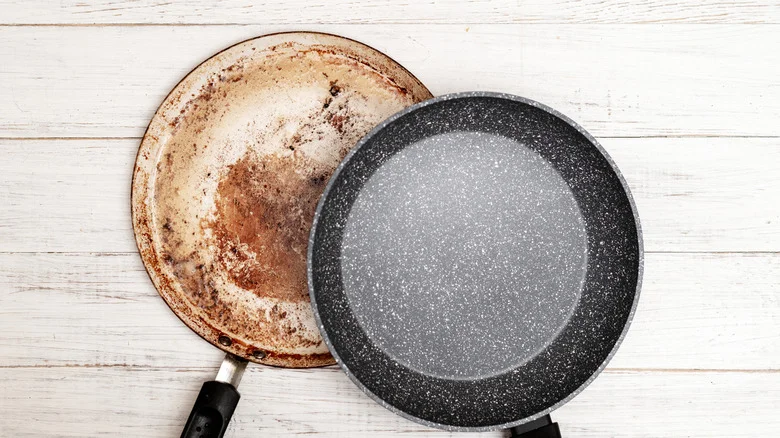
How Do You Remove Oxidation from Pots and Pans?
Oxidation can make your pots and pans look old and worn out. To remove oxidation:
- Aluminum Pans: Use a cream of tartar and water to scrub away oxidation.
- Stainless Steel: Use baking soda and lemon juice to bring back the shine.
How Do You Remove Blackness from Pans?
Over time, pans can develop a blackened layer from constant use. Here’s how you can clean them up:
- Boil with Vinegar and Water: Fill the pan with water and vinegar, bring it to a boil, and scrub it after it cools.
How Do You Remove Discoloration from Pots and Pans?
Discoloration often occurs due to high heat or improper cleaning. Here’s how to tackle it:
- Use a Bar Keeper’s Friend: This cleaner works wonders on stainless steel and can help remove discoloration without damaging the surface.
What is the Best Cleaner for Burnt Pans?
Burnt pans can be a nightmare, but with the right cleaner, they can be salvaged:
- Baking Soda and Vinegar: Sprinkle baking soda on the burnt area, add vinegar, and let it sit for a few minutes before scrubbing.
Is it safe to use old pots and pans?
Using old cookware isn’t just about aesthetics; safety is also a major concern.
How Do You Ensure Safety with Older Cookware?
- Check for Damage: Ensure there are no cracks, chips, or rust, as these can harbor bacteria or leach harmful substances into your food.
- Re-season Cast Iron: If you’re using old cast iron, ensure it’s properly seasoned to create a protective layer.
How to Refresh Stainless Steel Pans?
Stainless steel is durable, but it can lose its shine over time. Here’s how to refresh it:
Steps to Refresh Stainless Steel Pans
- Use a Stainless Steel Cleaner: Products specifically designed for stainless steel can help remove stains and restore shine.
- Polishing: After cleaning, polish the pan with a dry cloth to bring back its luster
How to Restore Metal Pans?
Restoring metal pans, especially those that are vintage or have sentimental value, can be a rewarding process.
Steps to Restore Metal Pans
- Deep Clean: Clean the pan thoroughly with a heavy-duty cleaner to remove any rust or stains.
- Re-season if Necessary: If the pan is made of cast iron or carbon steel, re-season it to protect the surface and improve its non-stick properties.
Related Articles:
Does Induction Cookware Have To Have Flat Bottoms? Info 2024
Why Doesn’t Cookware Stick To Induction Cooktops? In 2024
Ultimate Guide To Pan Compatibility Of Induction Cooktop In 2024
Conclusion
Revitalizing your old cookware for modern induction cooktops can be a rewarding journey. While magnetizing older pots and pans isn’t always possible, there are practical alternatives and restoration techniques to keep them useful and safe in your kitchen. Whether you modify, replace, or simply restore your cherished cookware, understanding the role of magnetism and proper care will help you make the best decision for your cooking needs. Remember, a well-cared-for pan, old or new, can last a lifetime and continue to bring joy to your culinary adventures.
FAQs
Can I use non-magnetic cookware on an induction cooktop?
Non-magnetic cookware without a magnetic interface disc will not work on an induction cooktop.
Is it worth investing in new cookware for induction cooking?
Investing in induction-compatible cookware is a long-term solution offering better energy efficiency and cooking performance.
How do I know if my cookware is compatible with induction?
Simply use a magnet to test the bottom of the pan. If it sticks, the cookware is compatible.
What is the best way to restore the appearance of old cookware?
Combining baking soda, vinegar, and Bar Keeper’s Friend can help restore the shine and cleanliness of your old cookware.

